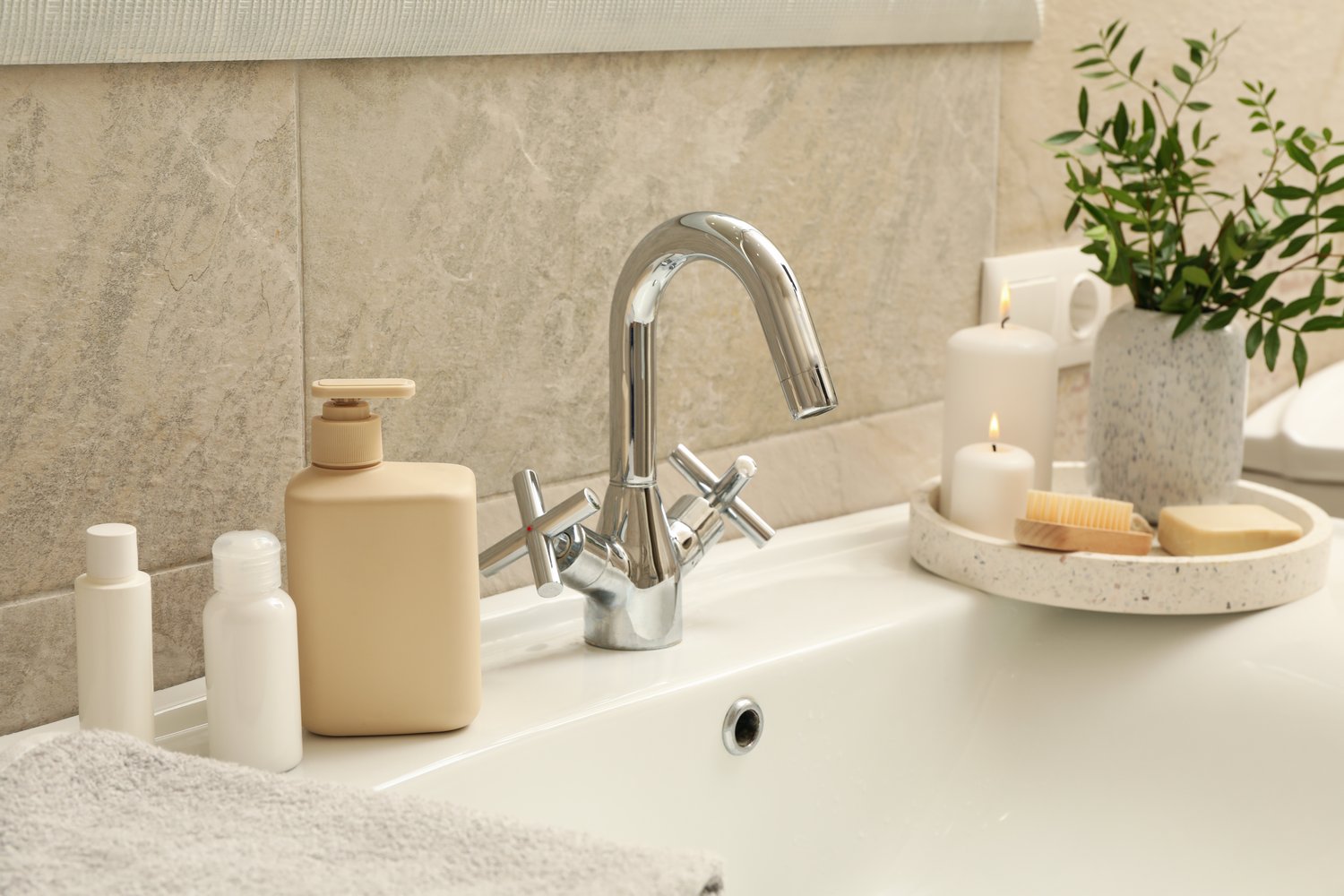Understanding Bathroom Faucet Types
Bathroom faucets come in various styles and configurations. Standing washbasin faucets are popular choices for many homeowners. These fixtures mount directly on the sink or countertop. Wall-mounted basin faucets offer a sleek, modern look. They save valuable counter space in smaller bathrooms. Shower faucets are essential for any bathroom with a shower or tub. Each type serves a specific purpose and offers unique benefits.
When selecting Bathroom faucets, consider the overall design of your space. Modern bathrooms often feature minimalist designs with clean lines. Traditional bathrooms may benefit from more ornate fixtures. The finish of your faucet can also impact the room’s aesthetic. Popular finishes include chrome, brushed nickel, and oil-rubbed bronze. Some manufacturers offer up to 30 different finish options for their faucet lines.
Water efficiency is another crucial factor to consider. Many modern faucets are designed to conserve water. Look for fixtures with the WaterSense label, which indicates they use at least 20% less water than standard models. Some high-efficiency faucets can save up to 700 gallons of water per year for an average family. This not only reduces your environmental impact but also lowers your water bills.
Selecting Standing Washbasin Faucets
Standing washbasin faucets are versatile options for many bathroom sinks. They come in single-handle and double-handle configurations. Single-handle faucets are easy to use and maintain. Double-handle models offer more precise temperature control. The height of the faucet is an important consideration. Standard faucets typically range from 3 to 6 inches in height. Tall or vessel faucets can be 8 inches or higher.
When choosing a standing washbasin faucet, consider the size of your sink. A large faucet may overwhelm a small sink, while a tiny faucet might look out of place on a spacious countertop. Measure the distance between the faucet holes in your sink or countertop. Standard measurements are 4 inches or 8 inches on center. Ensure the faucet you select matches these specifications.
Installation complexity varies among different faucet models. Some standing washbasin faucets come with easy-to-install features, such as pre-attached water supply lines. Others may require more extensive plumbing work. If you’re not comfortable with DIY installation, factor in the cost of professional installation. This can range from $150 to $500, depending on the complexity of the job and your location.
Exploring Wall-Mounted Basin Faucets
Wall-mounted basin faucets offer a distinctive look and practical benefits. These fixtures mount directly to the wall above the sink. This design frees up counter space and makes cleaning easier. Wall-mounted faucets work well with vessel sinks and undermount basins. They’re available in various styles, from ultra-modern to classic designs.
When installing wall-mounted faucets, precise measurements are crucial. The spout should extend far enough into the sink to prevent splashing. Most wall-mounted faucets have a reach of 5 to 9 inches. The height of the faucet above the sink is also important. A typical installation places the spout 4 to 6 inches above the sink rim. Consult with a plumber to ensure proper placement and installation.
Wall-mounted faucets require specific plumbing configurations. The water supply lines and valve bodies are hidden within the wall. This creates a clean look but can make future repairs more challenging. Some models feature accessible service stops behind a decorative plate. These allow for easier maintenance without opening the wall. Consider these factors when deciding if wall-mounted faucets are right for your bathroom.
Choosing the Right Shower Faucets
Shower faucets come in various configurations to suit different needs. Single-handle shower faucets are simple and easy to use. They control both water flow and temperature with one lever. Dual-handle models offer separate controls for hot and cold water. This allows for more precise temperature adjustments. Thermostatic shower faucets maintain a consistent water temperature, even if water pressure fluctuates elsewhere in the house.
Consider the shower head when selecting shower faucets. Many faucets come as part of a complete shower system. These may include a fixed shower head, handheld sprayer, and body jets. Some systems offer multiple spray patterns, from a gentle mist to a invigorating massage. Rainfall shower heads, which simulate the feel of standing in the rain, have become increasingly popular. These typically measure 8 to 12 inches in diameter.
Water pressure is an important factor in shower faucet selection. Standard shower heads use 2.5 gallons of water per minute (GPM). Low-flow models can reduce this to 1.5 GPM or less without sacrificing performance. If you have low water pressure in your home, look for faucets designed to compensate for this issue. Some models use air-induction technology to create the feel of higher pressure while using less water.





